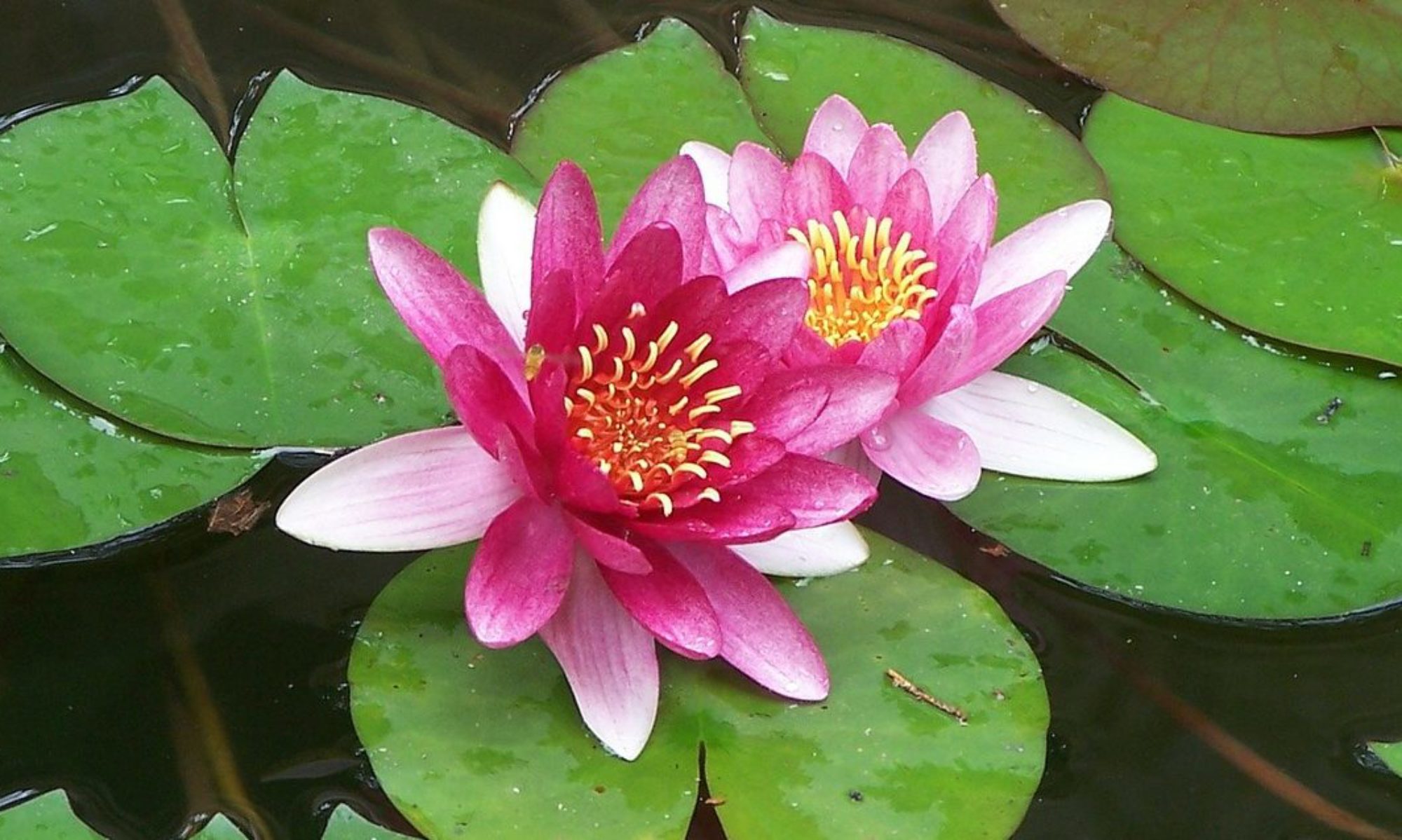
We begin with the question: What is mindfulness? Mindfulness is the act of deliberately paying full attention to what is going on in the present moment without judgment. I’m sure you have experienced moments of mindfulness sometime in your life. These moments of mindfulness can come when you see a beautiful sunset or gaze down on your infant child in awe or in many other common circumstances. You know where you are and what you are doing. The only difference between mindfulness and what you do in everyday life is the quality of awareness. If you are eating something from a fast food restaurant on the run, this is not mindfulness. If you are carrying on a conversation with someone and your attention is on what you will be doing next, this is not mindfulness. But if you are listening to someone with your full attention as if there were nothing else to do in that moment, this is mindfulness.
I am reminded of the Japanese poem:
Sitting quietly,
Doing nothing,
Spring comes,
And the grass grows all by itself!
As the poem states, mindfulness in sitting quietly implies “doing nothing!†In order to achieve this, all you do is sit there!
When we are mindful, we know what we are experiencing in or body, feelings, mind and the contents of the mind. When we pay attention to what is going on in our body, we recognize the life force pulsating throughout our whole being. We recognize the miracle of being alive, which we usually take for granted.  Even so, the miracle is still here, nonetheless. At any moment, we can become aware of our breathing, whether at our nostrils, in our chest, or in our belly. When we do so, we return to the present moment. When we feel our heart beating in our chest or notice our pulse in our feet, legs, torso, arms, or head, we return to the present moment. When we are out in nature and notice the green leaves, flowers, birds, insects, rocks, yes, and even dog poo, we can return to the present moment.
Our feelings are also gateways to being present. Most of the time, we spend a lot of energy avoiding our feelings by watching TV, eating when we are not hungry, going shopping, or simply denying them. However, if we can experience our feelings in our feelings,they too, can be a doorway to being mindful in the present moment. You may ask, “What does it mean to experience our feelings in our feelings?†It means to simply experience our feelings directly, without adding our thoughts, opinions, judgments, criticisms, notions, or anything else to them. We have to let go and allow our inner wisdom to feel what we are feeling. From this, compassion for ourselves develops and we find more freedom of expression. Good explanation!
Our thoughts consist of images, impulses, feelings, memories, opinions and judgments, plans, worries, fixations, mental constructions, and self-talk– the constant chatter that goes on inside our minds. We also have moments of creativity and insight when we are concentrated on something we love or experience awe at a truly wonderful sight in nature. Our thoughts can get the best of us as they circuit around through our brain. However, with mindfulness, we can bring our mind back to our breath or our body and return to the present moment.
